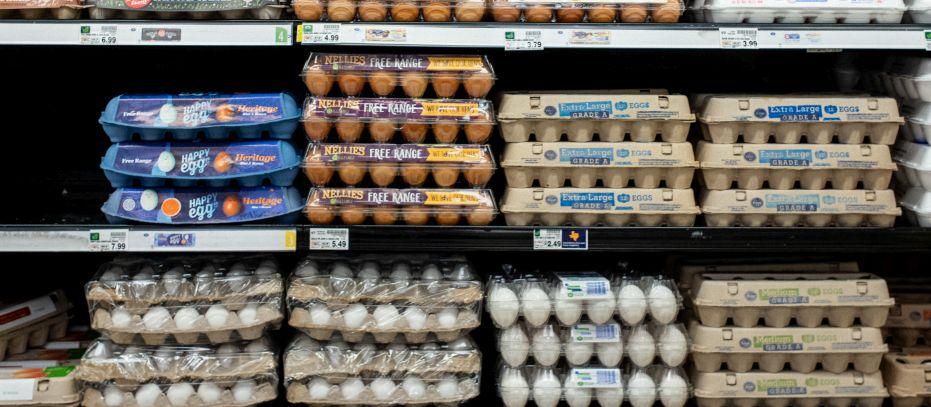The U.S. annual inflation rate slowed to 3 percent in June, down from 4 percent in May, according to the Bureau of Labor Statistics (BLS). This came in below the consensus estimate of 3.1 percent.
Annualized inflation has now fallen for 12 consecutive months, and the latest reading is the lowest since March 2021. The notable easing of inflation has been driven by the significant baseline effect from last year, when the spike in energy and food prices resulted in a 9.1 percent rate.





